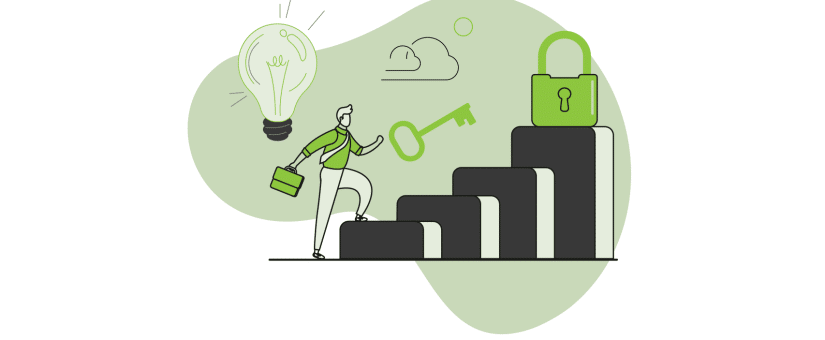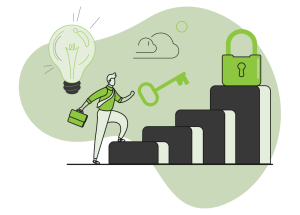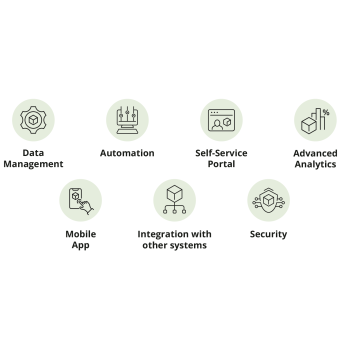
Understanding the Core Components of a Modern Billing and CIS System for Utility Providers
- 0 Comments
A modern billing and Customer Information System (CIS) is a key component for utility providers to manage their billing and customer data effectively. These systems have evolved from legacy systems and have the capabilities to handle the complex data and transactions required by modern utility companies. In this blog, we will discuss the core components of a modern billing and CIS system for utility providers.
- Data Management: A modern billing and CIS system must have a robust data management system that can handle large amounts of data and transactions. This includes the ability to capture, store, and analyze data from various sources, such as meter readings, customer information, and billing history.
- Automation: Automation is a key component of a modern billing and CIS system. It allows utility providers to automate many of the manual processes, such as data entry and billing calculations, which can significantly reduce errors and improve efficiency.
- Self-Service Portal: A self-service portal is an essential component of a modern billing and CIS system. It allows customers to view and manage their account information and billing history online, which can improve their satisfaction with the service.
- Advanced Analytics: A modern billing and CIS system should have advanced analytics capabilities, such as real-time data analysis, predictive analytics, and reporting. These capabilities allow utility providers to gain insights into customer behavior and usage patterns, which can help them make better business decisions.
- Mobile App: A mobile app is another important component of a modern billing and CIS system. It allows customers to access their account information and billing history from their mobile devices, which can improve their convenience and satisfaction with the service.
- Integration with other systems: A modern billing and CIS system should have the ability to integrate with other enterprise systems, such as customer relationship management (CRM) and enterprise resource planning (ERP) systems, providing a comprehensive view of customer data.
- Security: Data security is a critical component of a modern billing and CIS system. It should have advanced security features, such as encryption and multi-factor authentication, which can help protect customer data
In conclusion, a modern billing and CIS system is an essential component for utility providers to manage their billing and customer data effectively. The core components of such a system include data management, automation, self-service portal, advanced analytics, mobile app, integration with other systems and security. A great example of a modern billing and CIS system is SkyBill, which is built to meet the needs of all types of utility companies. SkyBill is a fully automated meter-to-cash solution, which can run your entire business efficiently in Cloud. It’s built on and incorporates Microsoft Dynamics 365 Business Central and fully integrates your ERP and billing operations. As a web-based service, it’s accessible from any device, without installing any software. With SkyBill, utility providers can enjoy the benefits of automation, data management, advanced analytics, integration, and security all in one system..
Get in touch with us for a ”no sales pitch” live demo, free trial, or if you’re just searching for advice.




0 Comments